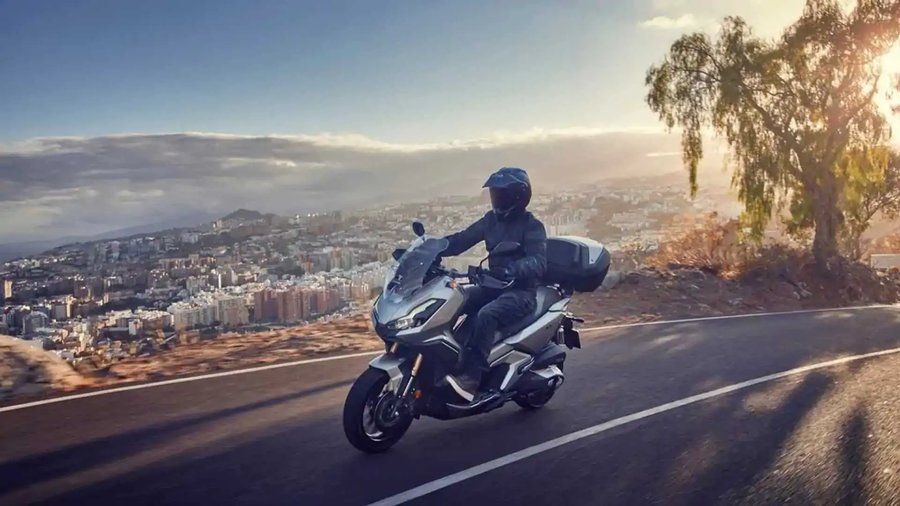Take A Peek Inside Honda’s Scooter Factory In Italy

It goes without saying that the motorcycles we ride are modern marvels of engineering. The technology that goes inside them can very easily be taken for granted. Indeed, lots of R&D has gone into all the bikes we see on the road, even the simple ones such as commuters and scooters.
When it comes to manufacturing prowess, few manufacturers have it as dialed down as Honda. The Japanese manufacturer is one of the biggest in the world, and for good reason. For decades, Honda’s been fine-tuning its entire product lifecycle – from product development, to production, to QA and testing. Now, thanks to a YouTube video by automotive channel KondorCars, we get an inside look at Honda’s scooter assembly factory in Atessa, Italy.
Honda Italia first opened its doors in 1971 in Atessa, a city in the province of Chieti, Abruzzo, south-eastern Italy. Back then, it was an integral cog in the machine of Honda’s global operations, starting production in 1976 with models like the CB125 and NS125. These models were manufactured in Italy, then later exported to other European markets starting 1985. These days, Honda Italia handles scooter production catering to the European market. Honda’s scooters have proven to be extremely popular in Europe, with models like the SH and ADV series enjoying strong sales.
Speaking of which, the Honda ADV350 is a popular adventure-style scooter which follows in the footsteps of its bigger sibling, the X-ADV. As it would turn out, everything from the casting of aluminum parts, welding of the frame, and painting of the bodywork is done in-house in Honda Italia. It’s a really interesting look into how motorcycles are made, especially from a manufacturer as seasoned as Honda.
As you can see in the video, Honda makes use of cutting-edge tech to produce the parts of its bikes. Engine components, swingarms, and chassis components are cast, and frames are welded using automation and robotics. Body panels, meanwhile, are painted by skilled technicians, and final assembly is done in a state-of-the-art assembly line. The last step is QA and testing, where technicians mount the bikes on a dyno and test not only engine performance, but all the bike’s functions – brakes, lights, suspension, and electronics, too.
For reference, the Honda ADV350 is the Japanese manufacturer’s middleweight ADV scooter offering. Positioned between the entry-level ADV160 and the bigger X-ADV 750, the ADV350 offers riders a middle ground when it comes to performance and capability. Its approachable power output of 29 horsepower means most riders can easily swing a leg over it and go for a ride. Meanwhile, its long-travel suspension, dual-purpose tires, and increased ground clearance make it a go-anywhere machine.
Related News


